View all Standards for Texas Essential Knowledge and Skills for Theatre Arts
B.1.F analyze and evaluate the structure and form of dramatic literature.
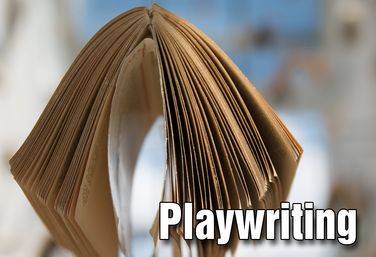
Part of the Drama One Curriculum
Playwriting
by Karen Loftus
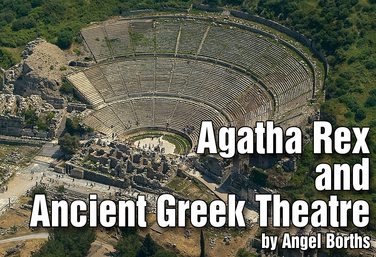
Agatha Rex and Ancient Greek Theatre
by Angel Borths
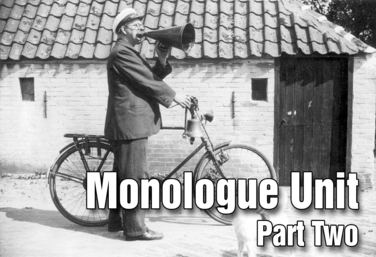
Part of the Drama Two Curriculum
Monologues - Part 2
by Matt Webster
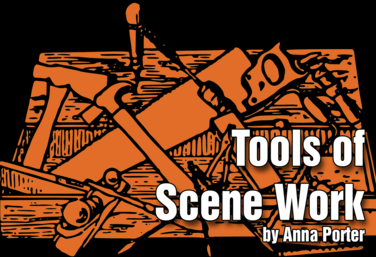
Tools of Scene Work
by Anna Porter
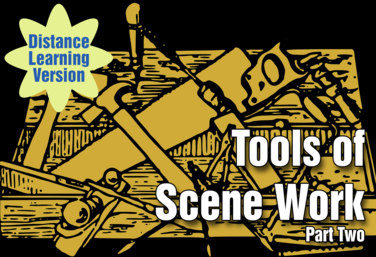
Part of the Distance Learning Curriculum
Scene Work: Part 2, Student Self Staging
by Lindsay Price
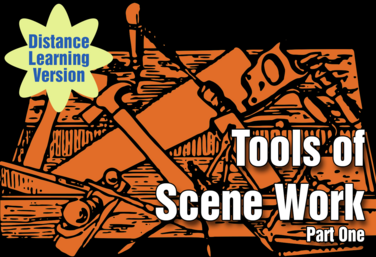
Part of the Distance Learning Curriculum
Scene Work: Part 1, Tools of Scene Work
by Lindsay Price
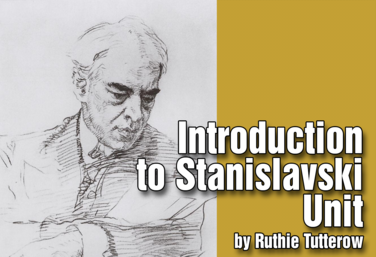
Introduction to Stanislavski
by Drama Teacher Academy
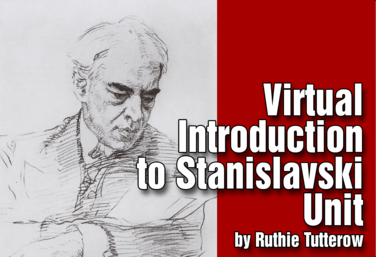
Virtual Introduction to Stanislavski
by Drama Teacher Academy
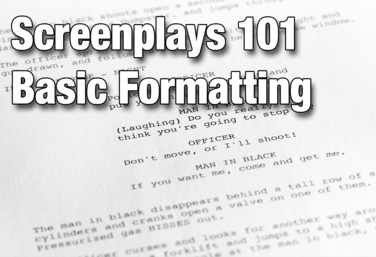
Screenplays 101: Basic Formatting Unit
by Nicholas Pappas
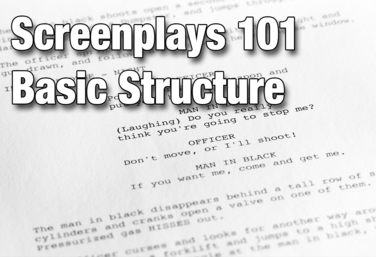
Screenplays 101: Basic Structure Unit
by Nicholas Pappas

21st Century Skills Through Devising
by Allison Williams

Marketing the Arts
by James Van Leishout
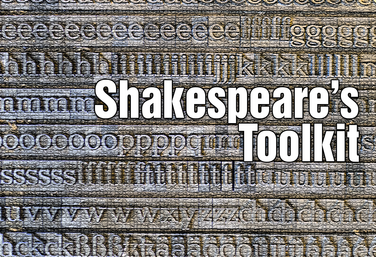.png)
Shakespeare's Toolkit
by Todd Espeland

Director's Toolbox 1: Teaching Students to Direct
by James Van Leishout

Director's Toolbox 2: Teaching Students to Direct
by James Van Leishout
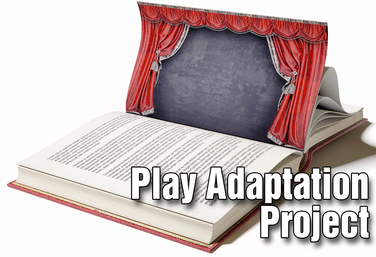
Play Adaptation Project
by Lindsay Price
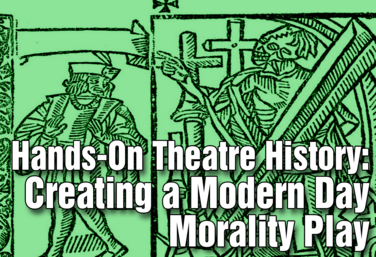
Hands-On Theatre History: Creating a Modern Day Morality Play
by Wendy-Marie Martin
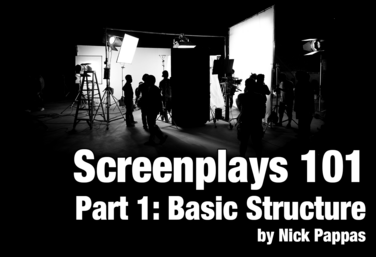
Screenplays 101 - Part 1: Basic Structure
by Nicholas Pappas
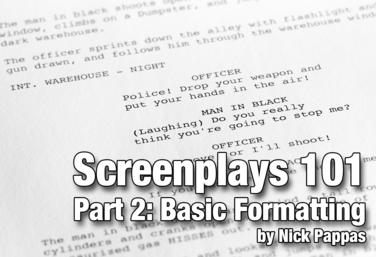
Screenplays 101 - Part 2: Basic Formatting
by Nicholas Pappas
View all Standards for Texas Essential Knowledge and Skills for Theatre Arts Standards Master List